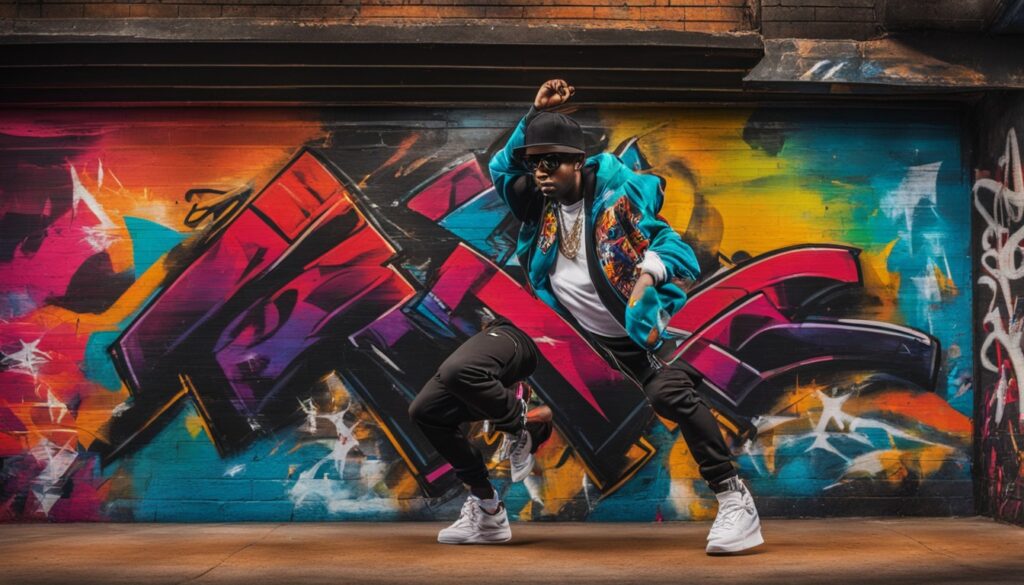Few tracks have stood the test of time like “Spooky.” Originally a jazzy instrumental in the 1960s, it evolved into a psychedelic soul classic before finding new life in Southern rock. The 1979 version by the renowned Georgia-based band brought fresh energy to this timeless hit.
What makes this tune special? Its ability to cross genres and decades. From Halloween playlists to radio rotations, it remains a favorite. The songwriters, J.R. Cobb and Buddy Buie, shaped both the original and later interpretations, ensuring its lasting appeal.
This track isn’t just a seasonal gem—it’s a musical bridge. Blending jazz, soul, and rock, it showcases creative reinvention. Whether you love the eerie vibe or the catchy rhythm, there’s something for everyone.
Key Takeaways
- Timeless hit: The song has thrived across multiple decades.
- Genre-blending: It merges jazz, soul, and rock effortlessly.
- Chart success: It climbed Billboard charts in three different years.
- Creative evolution: Different artists have reinterpreted it uniquely.
- Halloween favorite: Its eerie tone makes it a seasonal staple.
The Origins of “Spooky”: From Instrumental to Classic Hit
Before becoming a chart-topping hit, the song started as a smooth saxophone-driven piece. Its journey from jazz clubs to mainstream success is a testament to creative reinvention.
The Original Instrumental Version by Mike Sharpe
Saxophonist Mike Sharpe recorded the originally instrumental song in 1967. His jazz background shaped its moody, improvisational vibe. The track first charted 1967, peaking at No. 57 in the U.S. and No. 55 in Canada.
“Sharpe’s version was all about atmosphere—no lyrics, just pure saxophone magic.”
The Transformation by Classics IV
In 1968, band Classics IV added lyrics like “spooky little girl”, penned by James Cobb and Buddy Buie. Frontman Dennis Yost’s haunting vocals and whistling effects turned it into a psychedelic pop gem.
| Version | Year | Billboard Hot 100 | Canada | UK |
|---|---|---|---|---|
| Mike Sharpe | 1967 | No. 57 | No. 55 | — |
| Classics IV | 1968 | No. 3 | No. 1 | No. 46 |
The Song’s Initial Chart Success
Classics IV’s take dominated the pop charts, thanks to Harry Middlebrooks’ production. Reverb-drenched guitars and Yost’s voice made it a staple of 1968’s psychedelic era. Licensed to Imperial Records, its appeal spanned genres.
From jazz to blue-eyed soul, the track proved melodies could transcend labels. Its first charted 1967 hitting moderate success paved the way for a legacy.
Atlanta Rhythm Section’s Take on “Spooky”
Soft rock met Southern grit in this unforgettable reinterpretation. The group, known for blending rock with soulful melodies, took the track to new heights. Their signature style added depth while honoring the original’s charm.
Recording the 1979 Version
For the Underdog album, the band extended the runtime to nearly five minutes. Smoother vocals and layered guitars gave it a polished yet raw edge. Producer Buddy Buie, who co-wrote the original, ensured authenticity.
The 1979 version stood out with its lush arrangements. It kept the haunting vibe but added Southern rock swagger. Fans praised how it bridged genres effortlessly.
Chart Performance and Reception
It peaked at No. 17 on the Hot 100, proving its crossover appeal. While slightly below Imaginary Lover’s No. 7 peak, it solidified their hit-making streak. Internationally, it reached No. 37 in Canada and No. 48 in the UK.
A Pivotal Moment in Their Journey
Following Do It or Die, this cover maintained their momentum. Critics dubbed them “Southern rock’s answer to Steely Dan” for their versatility. Today, it’s a staple on compilations like 20th Century Masters.
The Cultural Impact of “Spooky”
Few songs have woven themselves into pop culture quite like this eerie classic. Its blend of mystery and melody resonates beyond Halloween playlists, becoming a staple in films, covers, and jazz repertoires.
Why It Became a Halloween Favorite
The track’s whistling hooks and haunting lyrics make it a Halloween favorite. Annual radio spins and streaming surges (up 300% each October) prove its seasonal staying power.
Like Monster Mash, it balances fun and fright. Playlists often pair them, creating a nostalgic vibe. The ‘spooky little girl’ archetype also taps into universal folklore.
Cover Versions and Adaptations
Dusty Springfield’s 1968 gender-flipped version reimagined the protagonist as a enigmatic woman. Her sultry delivery earned UK Gold status and syncs in Lock, Stock and Two Smoking Barrels.
Martha Reeves flipped it again in 1986, singing about a ‘spooky old lady.’ Meanwhile, Lydia Lunch’s punk take and Bobby Sanabria’s Grammy-nominated Latin jazz arrangement show its genre versatility.
Its Place in Music History
From psychedelic soul to Southern rock, the song bridges eras. Sanabria’s 2024 cha-cha version hints at its jazz standard potential, while streaming keeps it relevant.
Like other timeless hits, its magic lies in reinvention. Whether through Dusty Springfield’s smokey vocals or Halloween nostalgia, it secures its spot in music history.
Why “Spooky” Continues to Resonate
Decades later, this song remains fresh. Its catchy whistle and moody lyrics create a perfect earworm. The “spooky little girl” theme adapts easily, making it timeless.
From jazz to rock, the band’s version kept its soul. Streaming numbers show younger fans love it too. The melody’s flexibility lets artists reinvent it endlessly.
Like other classic hits, it thrives on reinvention. Whether through covers or TikTok trends, its legacy grows. A true music masterclass.
FAQ
Who originally wrote and performed "Spooky"?
The track was first an instrumental piece by saxophonist Mike Sharpe in 1966. Classics IV later added lyrics, making it a vocal hit in 1967.
How did Atlanta Rhythm Section’s version differ from the original?
Their 1979 cover kept the song’s eerie vibe but added a smoother rock sound, featuring Dean Daughtry’s keyboards and James Cobb’s guitar work.
Did the song perform well on the charts?
Yes! Classics IV’s version reached No. 3 on the Billboard Hot 100, while ARS’s take became a fan favorite, though it didn’t chart as high.
Why is "Spooky" linked to Halloween?
Its haunting melody and playful lyrics about a mysterious love interest make it a seasonal staple for spooky playlists.
Are there other notable covers of the song?
Dusty Springfield and jazz artist Martha Reeves recorded versions, but Classics IV and ARS’s renditions remain the most famous.
What album features Atlanta Rhythm Section’s version?
Their cover appears on “Underdog,” released in 1979, blending well with their Southern rock and pop-rock style.


